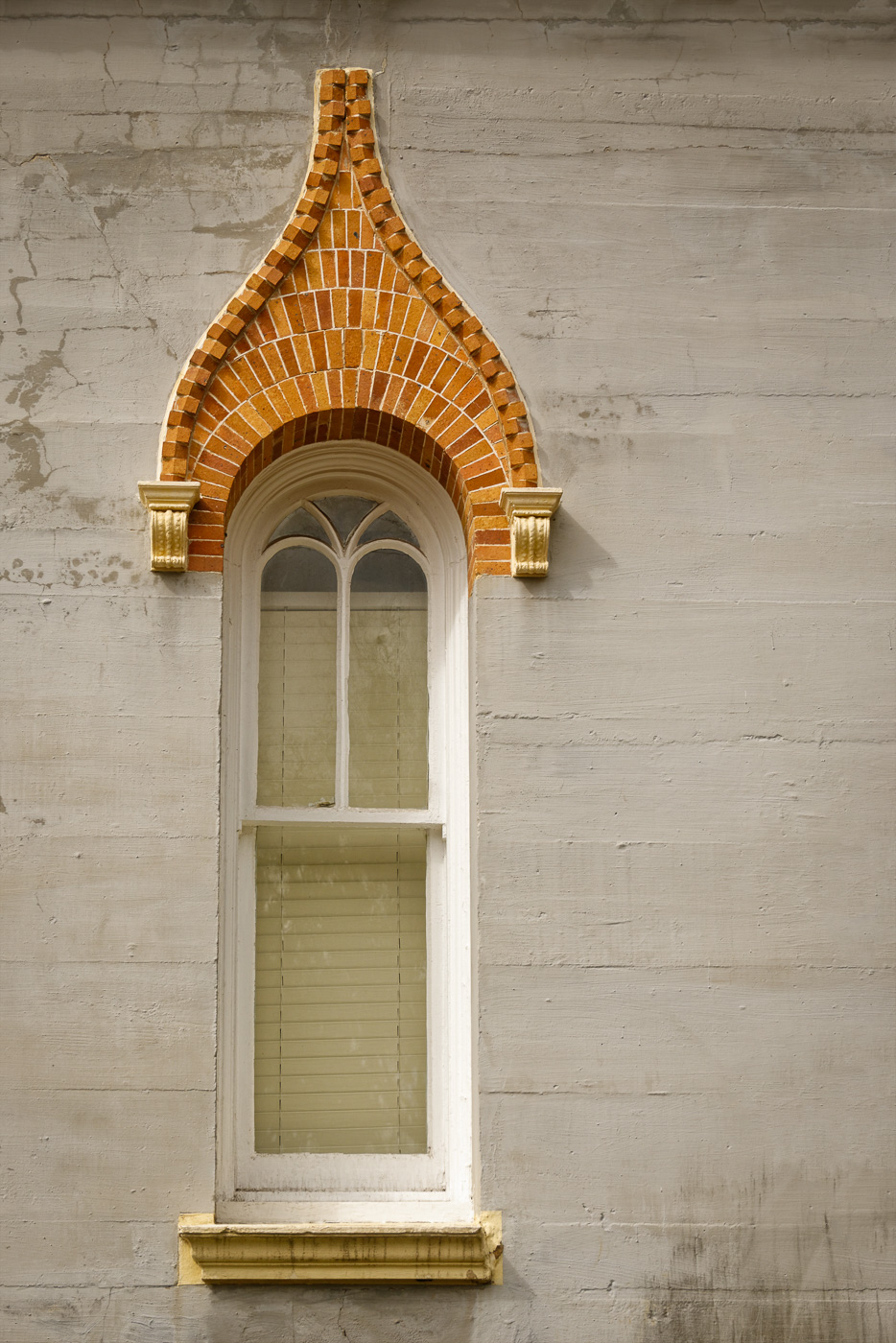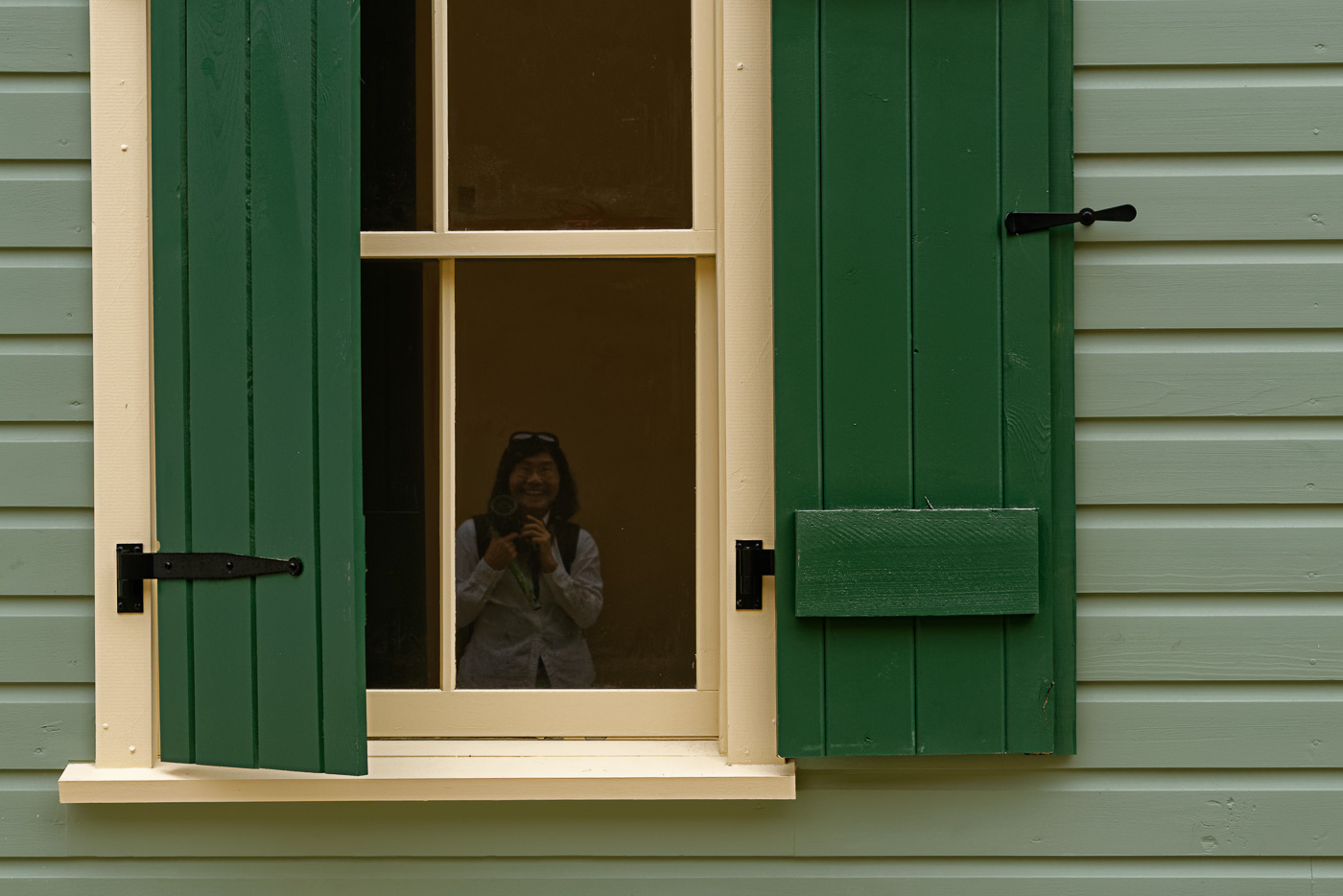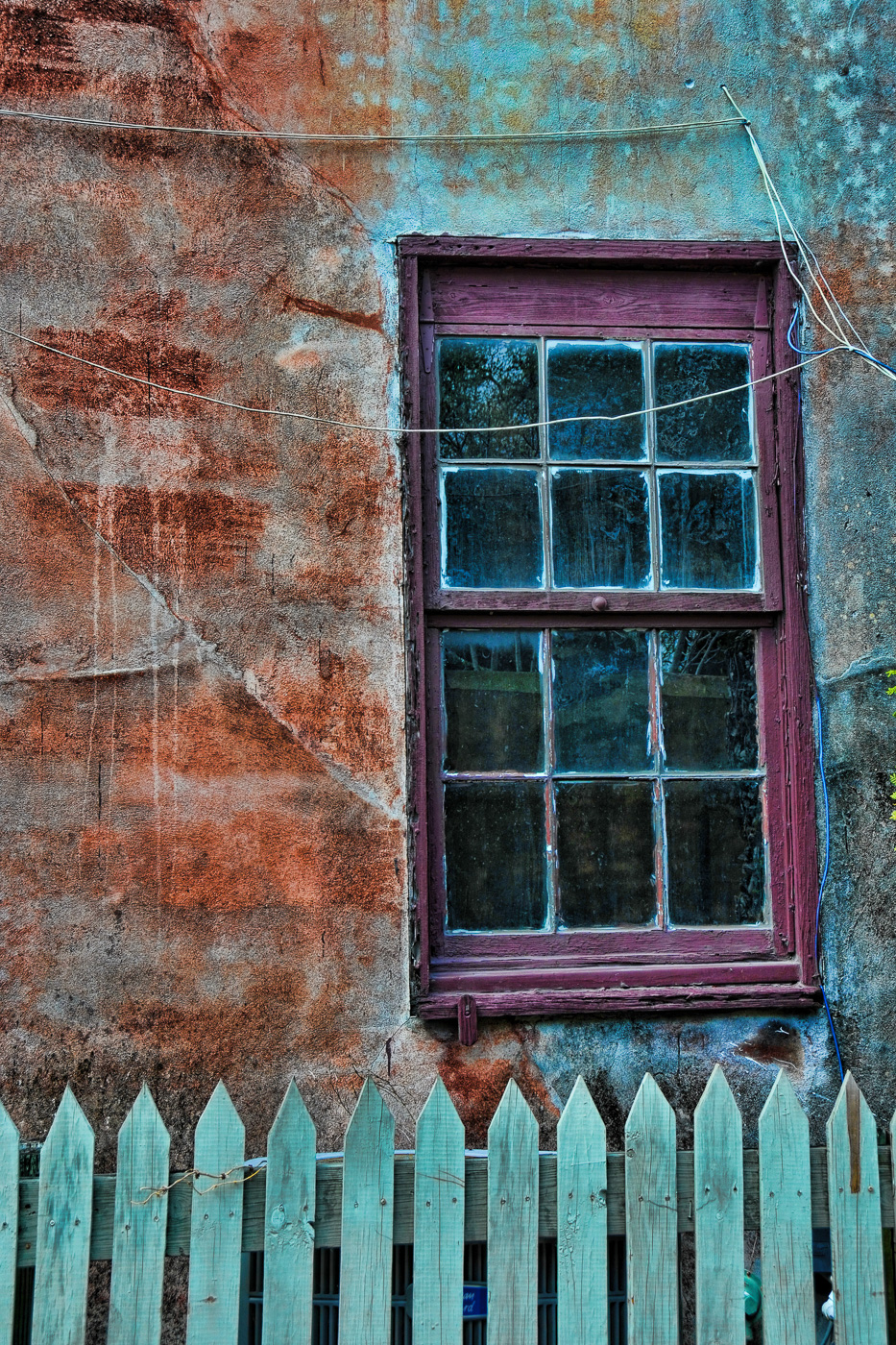
A Trip to St. Augustine, Florida
St. Augustine, a city full of history, good food, wonderful architecture and interesting subjects to photograph. These are some of the reasons why Jim and I keep returning to St. Augustine, Florida. There is always something new to see or photograph each time we visit.
Our first trip to the city was back in the Spring of 1991. We were there on vacation looking forward to some Florida sun and a nice break from work. At that time, Jim was still serving in the Canadian Armed Forces.
We toured the historic area via a carriage tour which was an excellent way to visit the area for the first time. It saved us a lot of time and we were able to sit back and relax. Our driver was very knowledgeable about the area and the city’s history. We were able to get a real feel for the city, the people and its past. You will find the carriage tours close to the water on Avenida Menendez.
While on the tour, we traveled down several of the streets in the historic area, we passed by Flagler College (previously the Hotel Ponce de León), the Lightner Museum, old churches, businesses and the historic Spanish fort Castillo De San Marcos. One interesting stop on the tour was at the beautiful Memorial Presbyterian Church. The church is open to visitors where you are free to wander around, take pictures, and admire the 92 stained glass windows designed by German artist Herman Schladermundt. As you exit toward the entrance door, visit the tomb area where you will find Flagler’s first wife, daughter, her baby, and Henry Flagler himself entombed.
Since our first tour, we have discovered many interesting places to visit in the old city and we have taken numerous photographs. Each trip is a new adventure. Just recently, while out with several members of the Orlando Camera Club, we stopped into the Cafe Alcazar which is connected to the Lightner Museum. This cafe used to be the swimming pool of the Alcazar Hotel which was built in the 1880’s by Flagler. As you enter the building, you will find some photographs of the original pool and some details about its past.
A popular area to visit while in the old part of the city is the old City Gate and the many shops and old buildings on George Street. Also on this street, close to Treasure Street, you will find a cozy little restaurant called The Bunnery Bakery and Cafe. The cafe is a family-owned and operated restaurant and bakery where you will find a good selection of baked goods, as well as, fresh breakfast and lunch plates. The cafe takes pride in using the best possible ingredients and their Focaccia breads, hamburger buns, oat rolls, soups, salad dressings, cinnamon buns, sticky buns, cookies, brownies, muffins, and cakes are all prepared from scratch. This restaurant is a popular place to stop during breakfast and lunch.
Two other restaurants that we would recommend for supper are The Gypsy Cab Company at 828 Anastasia Blvd., St Augustine, Florida and Saltwater Cowboys located at 299 Dondanville Road, St. Augustine, FL. Due to damage from Hurricane Matthew, Saltwater Cowboys is temporarily closed while they rebuild. They had hoped to open again this March 2017 but have been delayed. If you follow them on their Facebook page, you will be able to find out when they reopen. This restaurant is worth the wait. We especially love their key lime pie.
Below are a few photos from different trips showing you some of the sites and treasures I found while walking around the old city.

This is the City Gate. “In 1739 a log and earthen gate guarded the north side of the city. Coquina pillars were built in 1808. A replica of the original palm log wall runs from the gate to the Castillo.”

This is the gate entry to the Castillo De San Marcos. “Construction on the fortress began in 1672 and was completed many years later. The native coquina stone used for the structure was quarried on Anastasia Island.”

This is a close up image of a coquina stone wall on George Street. Taken with my iPhone 6 and adding my own style.

This is a statue of Henry Flagler in front of Flagler College.
Henry Flagler Statue St. Augustine, Florida “was made in Italy in 1906 by an unknown artist. It was not commissioned by Henry Flagler and was not unveiled until three years after his death. The only clue to the origin of the statue is on its base: C. J. R. Rome 1902.
This statue has seen the sites of St. Augustine. It was originally a statue that was made to commemorate the building of the Florida East Coast Railroad and was in front of the old St. Augustine Union Station. Later it was moved in front of the Alcazar Hotel, then in front of the old Ponce de Leon or Flagler College where he finally rests today.
The statue was brought to St. Augustine from Palm Beach by James Ingram who was serving as the President of the Florida East Coast Railroad. On January 2, 1916 at 3 pm the statue was unveiled by Kathleen Maria Gibbs Ingram’s granddaughter.
In 1961 the statue was moved to the front of the Alcazar Hotel (then Lightner Museum). Edward Ball wrote that the railroad was giving the statue to be put on permanent display.
In 1972 the statue was moved to Flagler College where it currently rests.
The base of the statue reads: Henry Flagler, Born Jan. 2, 1830 Died May 20, 1913. ‘In recognition of the achievements in railroad development in the state of Florida and the overseas extension to Key West.’ ” – source: drbronsontours.com

As you enter the building to the Alcazar Cafe, there are several images on the wall of the old pool before it became today’s cafe. There are also two very large images of swimmers in what would have been the proper swimming attire for that period. One male and one female. I cropped in on this image and removed the lines from the concrete blocks on the wall.

This image of the painter, along with the following images, was taken while walking about the old city area. If you are patience and have an open mind, you can find many interesting subjects to photograph. It is important to slow down and enjoy the scenery.






What are your favourite cities to return to time and again?
Judy Hardiman
Share this Post

